 following upon my subject of yesterday, i was curious as to the originators of the fascinating woodcuts of the Davy Crockett Almanacks ( 1835-1856). I have an insatiable longing for information about obscure artists from long ago. Mostly the woodcuts are unsigned, but a handful of names is recoverable from the material upon scrutiny, and various scholars have tabulated the information (condensed here):
following upon my subject of yesterday, i was curious as to the originators of the fascinating woodcuts of the Davy Crockett Almanacks ( 1835-1856). I have an insatiable longing for information about obscure artists from long ago. Mostly the woodcuts are unsigned, but a handful of names is recoverable from the material upon scrutiny, and various scholars have tabulated the information (condensed here):" In the 1839 Crockett Almanac Alonzo Hartwell engraved at least three images after designs by Croome. Hartwell also engraved the title page and six other full-page cuts for the Crockett Almanac for 1842. The title cut was after a design by William Croome." Hartwell had a reputation as a portrait painter in Boston in the 1850s. Croome is the artist on a book titled The Golden Sand of Mexico, completely viewable online, and sampled at left above.
The one that has particularly caught my attention though is: "John H. Manning (born c.1820), an engraver and designer in Boston, was one of the artists for Gleason’s (later published as Ballou’s) Pictorial Drawing Room Companion. Among his other illustration credits are Turner’s Comic Almanac (1845), Narrative of the United States Exploring Expedition (1845), and Boy’s Own Book of Fun (1847). Manning’s work for the Crockett Almanacs included three illustrations in the 1840 edition, and in the 1841 edition Manning designed four cuts that were then engraved by Hartwell.."
Manning was far above all of the other artists whose unsigned work filled up the pages of the Crockett almanacks. This one is unsigned but i feel confident, based on three other signatures by him that I have identified his hand in it and besides, I find it to be the single most striking image of all that I have seen from these booklets. The unusual word-balloon is particularly exciting.

There is another book I'm reading at present, titled The Flash Press: Sporting male weeklies of 1840s New York (published 2008). Nicholson Baker wrote a great review of it for the NY Times. The Flash Press, a clutch of naughty papers published for a short spell between 1841 and 1843, did not tend to attract signed illustrations, but it occurred to me to dash ahead to the index and see if any of my artists were about to turn up in its pages. To my delight, Manning is present, and in fact was the only artist to sign his work in those papers. Here is one of five examples reproduced:

The large heads are atypical of the artist's work, but all of it is recognizable by a vitality, the spark of the true cartoonist. It's worth noting that the monumental British Punch magazine only started in 1841, and that Manning's work as we see it in these samples is as good as anything in the earliest Punches.
 Other items of interest in the Flash Press include a completely reproduced account of Charles Dickens' visit to 'the Five Points.' Dickens of course wrote his own, but it's interesting to see the same event written up by another, a Flash Press journalist who was in the entourage. Another character who turns up as a publisher of the naughty stuff is George Washington Dixon, whom I know from accounts of blackface minstrelsy, where we find him the composer of Old Zip Coon, an early landmark of American popular music, later stripped of its racist text and rerwritten as Turkey in the straw. William J Snelling, a writer well regarded by posterity, also plays a part in the story, though his doings in these years have fallen outside the scrutiny of his online biographical summaries. The authors of the Flash Press have done a service to nuts like me who like to fill in all the details (or as my wife would say, 'who need to know the ins and outs of a chook's bum.')
Other items of interest in the Flash Press include a completely reproduced account of Charles Dickens' visit to 'the Five Points.' Dickens of course wrote his own, but it's interesting to see the same event written up by another, a Flash Press journalist who was in the entourage. Another character who turns up as a publisher of the naughty stuff is George Washington Dixon, whom I know from accounts of blackface minstrelsy, where we find him the composer of Old Zip Coon, an early landmark of American popular music, later stripped of its racist text and rerwritten as Turkey in the straw. William J Snelling, a writer well regarded by posterity, also plays a part in the story, though his doings in these years have fallen outside the scrutiny of his online biographical summaries. The authors of the Flash Press have done a service to nuts like me who like to fill in all the details (or as my wife would say, 'who need to know the ins and outs of a chook's bum.')Labels: new books (2), old books (2)
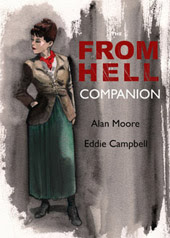
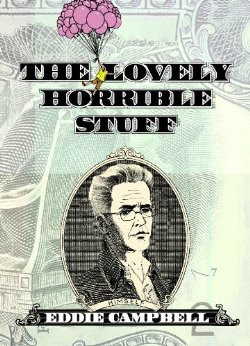

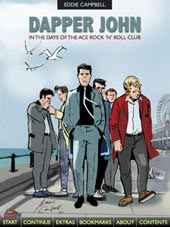
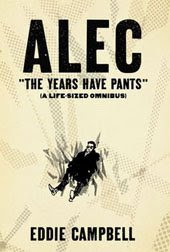
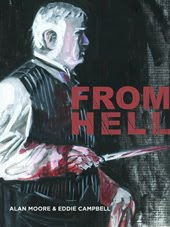
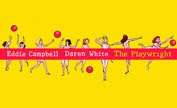
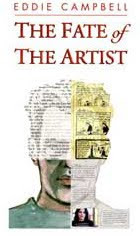
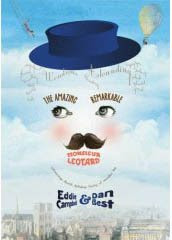
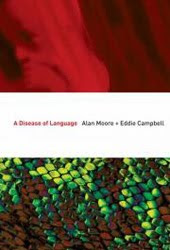
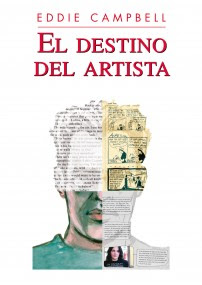
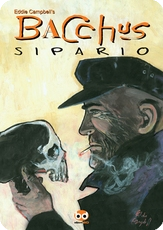
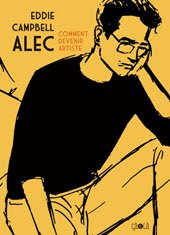

3 Comments:
I really love looking at speech balloons in old cartoons. Despite the clumsiness of them, they often seem very much part of the drawing. Old speech balloons look like the characters are actually breathing out the words (much like childish drawings of farts).
I read this last year(simultaneously with the equally neat "Strange Histories") and I agree, it's very fun and useful. Somehow I suspected this was something you'd mention sooner or later.
Anyway, I too recommend it to all and everyone.("The World On Sunday" makes an interesting complement to it)
Hi: Thought you might be interested in a new online exhibit about illustrated histories. It includes info on illustrators William Croome and Alonzo Chappel. Here's the URL. Enjoy!
http://www.cliohistory.org/visualizingamerica/picturingpast/
Post a Comment
Subscribe to Post Comments [Atom]
<< Home